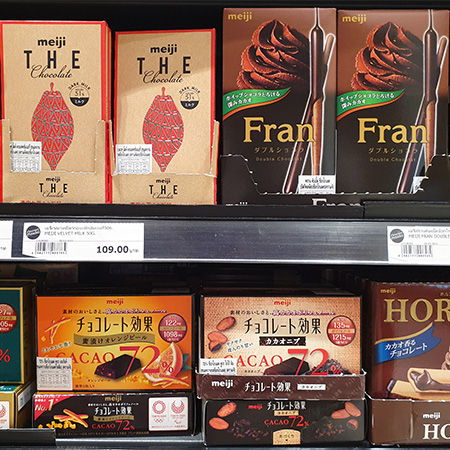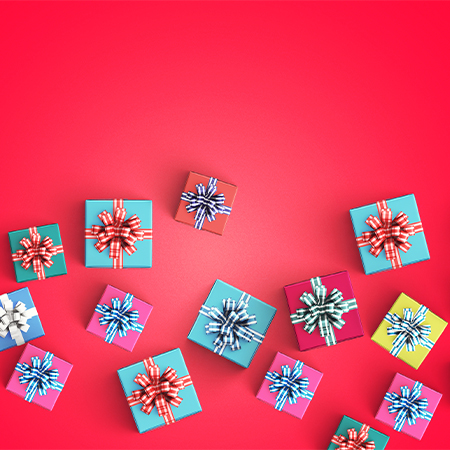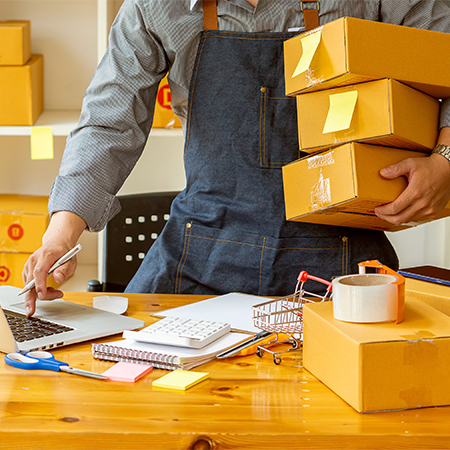Packaging is one of the critical factors that affects the shelf life of products. Ensuring that products remain fresh and usable is one of the primary goals of packaging technology. The choice, design, and structure of packaging materials have a direct impact on the shelf life of products.
The Importance of Protection from External Factors
When it comes to food products, the main function of packaging is to protect against external factors such as oxygen, moisture, light, and microbial contamination. Each of these factors can lead to the deterioration of the product. For example, oxygen can cause the oxidative degradation of foods, while moisture can alter the structure of foods, making them susceptible to microbial growth. Hence, packaging that creates an oxygen-free environment, such as vacuum packaging and packages filled with nitrogen gas, is effective in extending the shelf life of food products.
The Importance of Packaging Durability
The physical structure of packaging is also important for protecting products. Sturdy and impact-resistant packaging protects against damage, helping products last longer. Additionally, packaging with UV filters is used to extend the shelf life of light-sensitive products.
The Pharmaceutical Industry and Packaging
In the pharmaceutical industry, the barrier properties of packaging are of vital importance. To maintain the effectiveness of medications, it is necessary to keep air and moisture out. Therefore, materials with high barrier properties, such as aluminum foil, are often preferred in pharmaceutical packaging.
Cosmetics and Packaging
When it comes to cosmetics and personal care products, besides the aesthetic properties of packaging, it is necessary to design it in a way that maintains the stability of the product formulation. Innovative packaging such as pumps, sprays, and airtight containers reduces the contact of the active ingredients with air and light, thereby increasing the shelf life of the product.
Technology and Packaging
Technological advancements have enabled the development of smart packaging. Smart packaging can include sensors that provide information about the condition of the product inside. These sensors can track whether the product has spoiled, temperature changes, or whether it has been opened or not. Thus, they provide real-time information to consumers and supply chain managers, informing them whether the product is safe to consume.
The Importance of Sustainability
From a sustainability perspective, the choice of packaging materials is also important. Biodegradable and recyclable materials reduce environmental impact while also ensuring product protection. Thus, packaging can be both functional and environmentally friendly.
In conclusion, packaging has the potential to optimize product shelf life, offering consumers safer and longer-lasting fresh products. Innovations and research in packaging technologies help continuously improve this potential. To learn more about this subject and to select the appropriate packaging for your products, you can contact LuxBoxPack.












